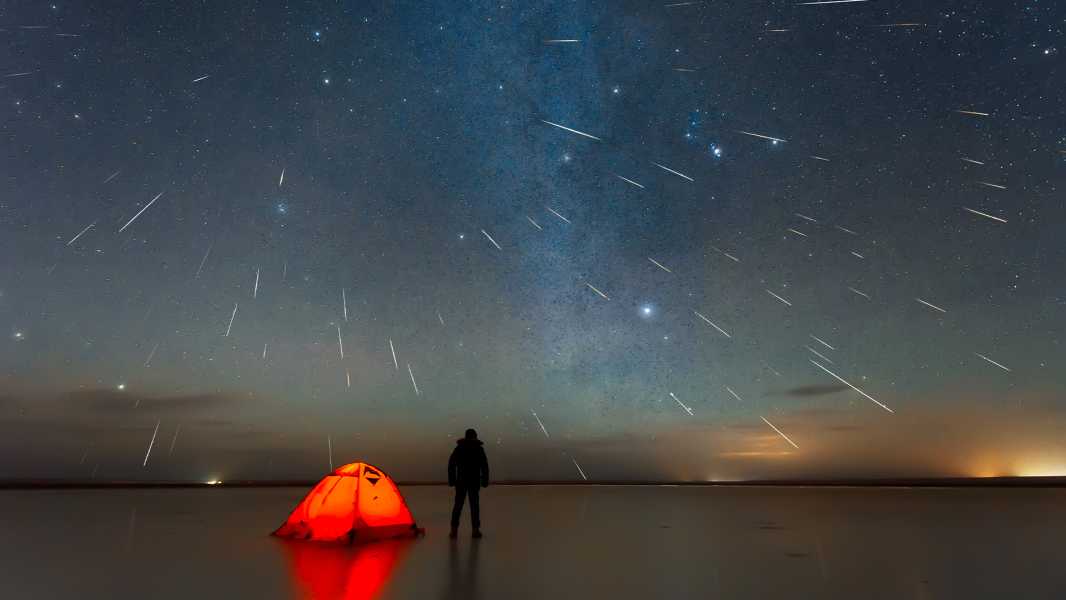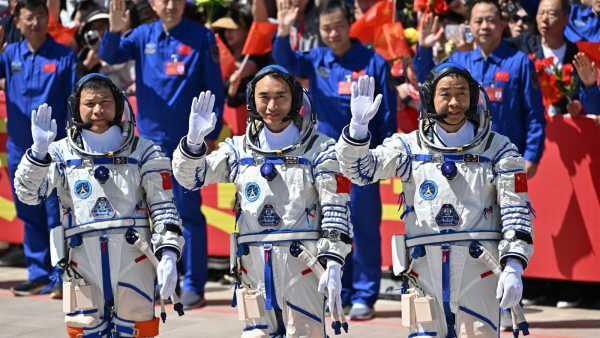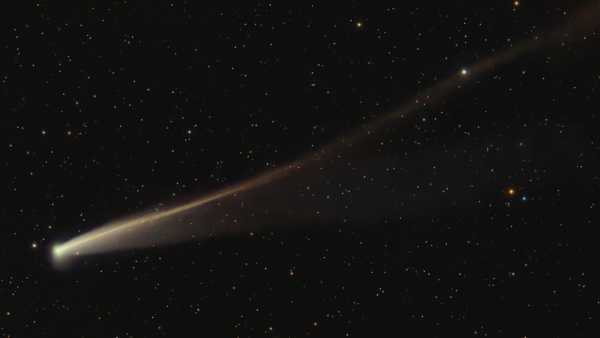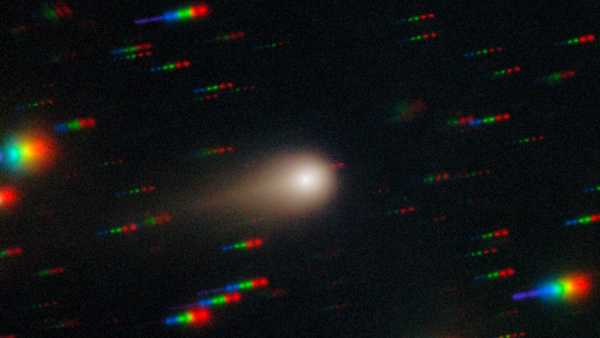
(Image credit: bjdlzx via Getty Images) Jump to:
When you first get into astrophotography, one of the most exciting celestial phenomena to capture is a meteor shower. Photographing the short-lived beauty of a meteor shower can be a spectacular and very rewarding experience, but it requires some preparation, the right equipment, and a little creativity to get the best results from your shots.
Meteor showers are spectacular and awe-inspiring celestial phenomena, and capturing them successfully on camera requires a combination of technical skill, patience, and a little creativity. By carefully selecting the right meteor shower, preparing your equipment and camera settings, and using creative techniques, you can quickly create stunning images with a little practice. Misaligned moon phases and adverse weather conditions can sometimes test your patience, but capturing these fleeting moments is worth it! December’s Geminid shower is one of the most reliable and productive.
The great thing about photographing meteor showers is that you don't need the most expensive equipment to get a great shot, but certain tools will certainly increase your chances of capturing some impressive shots.
DSLR or mirrorless cameras
They provide the full manual control needed for long exposures. Some high-end advanced compact cameras, such as the Nikon ZFC, also offer manual settings and good low-light performance. The best cameras for astrophotography even have special features and settings for astrophotography.
What lenses?
Using a wide-angle lens (14mm to 24mm) allows you to capture more of the sky, increasing your chances of photographing multiple meteors. Consider a fast aperture (f/2.8 or lower) to allow more light to reach the sensor, which is essential for low-light conditions.
Tripod and other equipment
A stable tripod is essential for long exposures. Any movement will result in blurry images. We also recommend using a remote shutter release or intervalometer, which reduces vibrations when pressing the shutter and allows continuous shooting for long periods of time.
Be sure to bring extra memory cards and fully charged batteries, as long exposure shooting can drain your battery quickly, and cold conditions can reduce its performance. One of the best external batteries can help extend the life of your gear. It’s also worth bringing a red headlamp to navigate in the dark without compromising your night vision. Although not essential, a dew defroster or lens heater can prevent condensation on your lenses on cold nights.
Sourse: www.livescience.com





